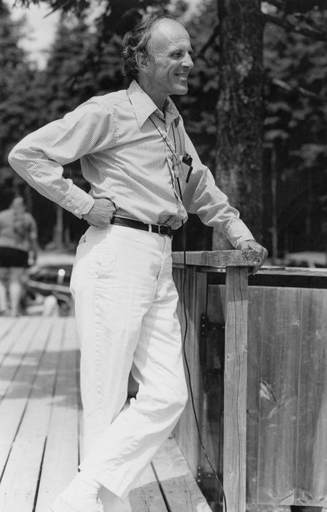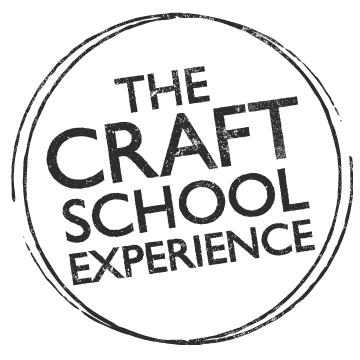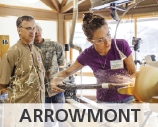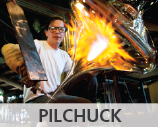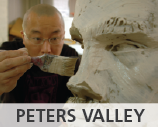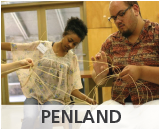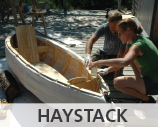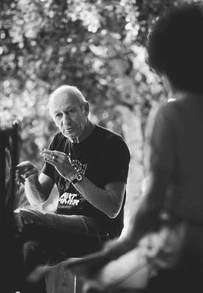 Paul Soldner, founding director at Anderson Ranch Paul Soldner, founding director at Anderson Ranch By James Baker Recently, Stuart Kestenbaum – long-time Haystack Mountain School of Crafts Director and more recently Artistic Director of the new Monson Arts Residency program – asked me to reflect on my time at Anderson Ranch Arts Center (Colorado, 1986-2006) and later at Pilchuck Glass School (Washington State, 2010-2018) and to address my life with craft-based education. Here are Stu’s questions and my answers: What changed in workshops during your long involvement (from Anderson Ranch to Pilchuck)? In my early years, looking in from the outside most workshop programs looked like “summer camp for adults” and therefore not taken very seriously. On the inside, often being small and working with few resources, these artist communities thought of themselves as alternatives to systems of higher education; more egalitarian and free-spirited and ambitiously taking risks. I remember a lot of time spent clarifying educational missions, refining programs and expanding facilities. In retrospect, these were start-up non-profit organizations going through a fairly normal maturation process; initially begun as experiments in learning and living often followed by rapid growth in attendance while not having enough financial security to ensure making it to the next season. Educationally, there was a bias toward developing students’ technique more than their vision. Again, as a generalization, these programs offered study in disciplines that were segregated from the mainstream art world; courses in ceramics, woodworking, glassmaking, textiles, book arts, printmaking and photography and very few if any painting and sculpture classes.Today, much has changed. Most organizations have developed a full roster of year-round workshop and residency programs – often running adjunct outreach programs directed toward underserved groups. They confidently articulate their missions and visions and consistently offer excellently planned and delivered programs balancing technical and conceptual skill development with the benefit of greater financial stability, a better-trained staff and more prepared, engaged and philanthropic boards. While there is sometimes expressed a wistful yearning for the more free-wheeling days, I’m fond of reminding anyone interested in listening that “the good old days are better now than they used to be!” What stayed the same? The supportive and explorative spirit of students and instructors is as high as its ever been and continuing a tradition of fostering life-long personal and professional relationships. The educational insights of the organizations’ founders and the quality of instruction they inspired – such as at Haystack Fran Merritt recognizing the need of aspiring artists to train with leaders in their fields through short-term workshops, Paul Soldner at Anderson Ranch developing an atmosphere of artists learning from each other “through osmosis” in a residency environment of mutual creativity and support and Dale Chihuly at Pilchuck engaging renowned artists from other fields and from around the world to experiment with glass and in so doing expanding the material’s aesthetic vocabulary – these educational innovations are examples of what fueled remarkably successful organizations led by artists for artists and increasingly supported by enlightened philanthropists who understand that one of the key pillars of a society’s artistic culture rests on a foundation of vibrant and robust artist communities. How does it feel to spending time on your own work now? Like many artists who work in and for nonprofit workshop and residency programs, personally I have thrived on the engagement, social relevance and, frankly, the stimulation and inspiration of an artist community as well as the open- ended freedom and time to pursue my own work. I can now see that at different stages in life the balance between the two ‘pulls’ means, in practice, committing more to one than the other. Through working in artist communities, I have gained so much clarity from being around, and serving, artists who have enormous experience at making their work. Right now taking those lessons and applying them to my own work – lessons centered on discipline, commitment, courage and purpose in one’s work – are helping me be more effective and more fulfilled in my own artistic practice.
0 Comments
Your comment will be posted after it is approved.
Leave a Reply. |
Archives
August 2018
Visit a Craft School!
|

